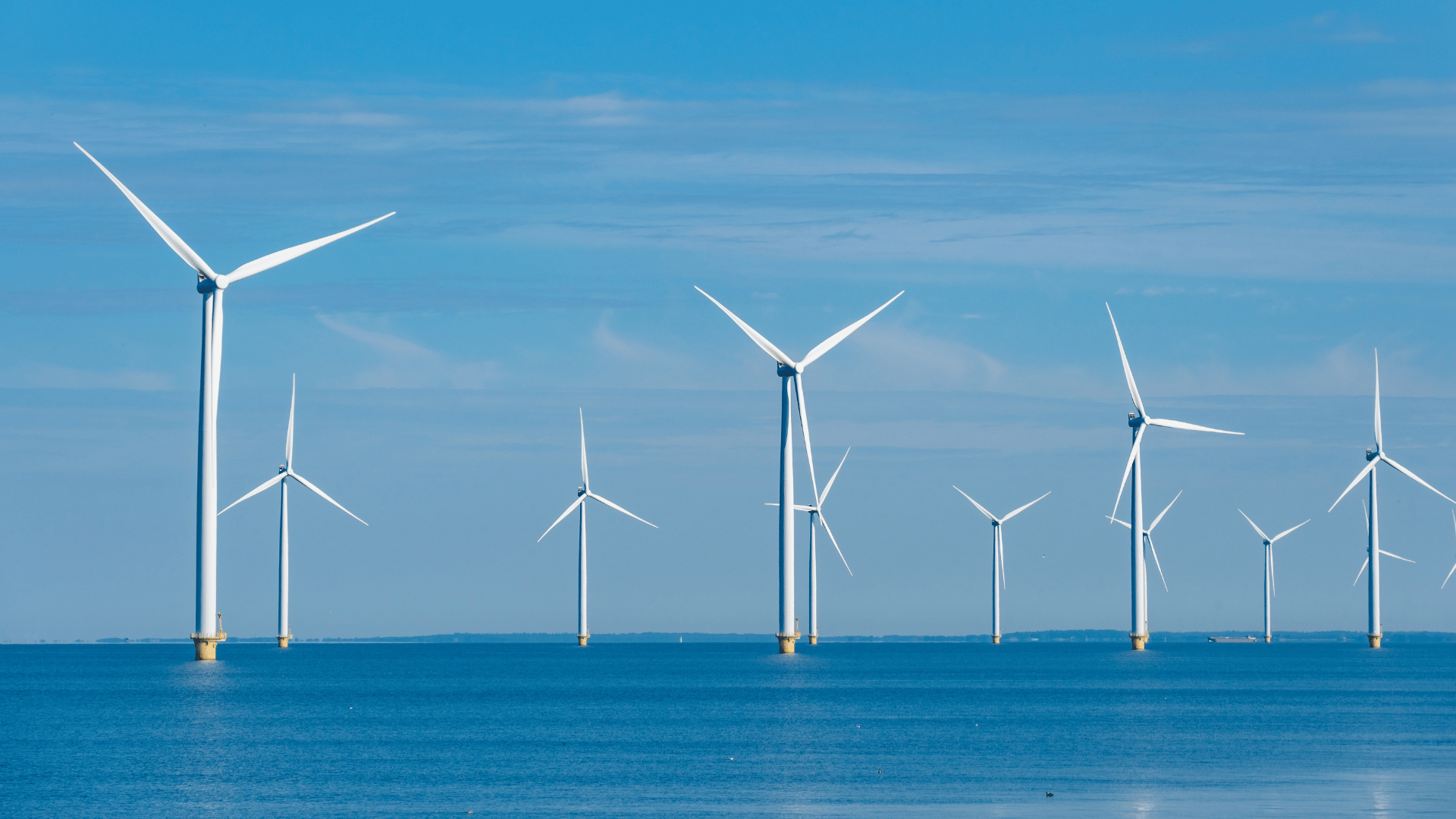Two companies put pen to paper on an agreement for an offshore wind farm project located in the Baltic Sea. The project is expected to add up to 976.5 MW to Germany’s renewables capacity.
Skyborn Renewables and Siemens Gamesa’s partnership strengthens an ongoing relationship between the two companies. According to the press release, Siemens Gamesa will provide 63 wind turbines and long-term service for the project.
Enhancing Wind Power

The Ganneker Project will reportedly be the largest offshore wind farm in the German Baltic Sea. Leaders from both companies joined together to sign the agreement in Hamburg, Germany.
“We are thrilled to see the Turbine Supply Agreement and the long-term service agreement with Siemens Gamesa coming to completion,” said Skyborn’s CEO, Patrick Lammers. “It is another step towards Gennaker’s commissioning.”
With up to almost 1GW of capacity, the Ganneker Project will be a key part in Germany’s renewable energy production.
Lammers said, “Gennaker, as the largest offshore wind farm in the German Baltic Sea, will contribute to Germany’s climate goals by boosting renewable energy production in the electrical mix.”
“We have successfully partnered with Skyborn on four offshore wind projects across France, Taiwan, and Germany,” said Marc Becker, Siemens Gamesa’s Senior Vice President for Offshore. “With Gennaker, our joint portfolio will surpass 3 GW of clean energy capacity.”
According to Skyborn, the project area is located about 15 kilometers (9.37 miles) north of the Fischland-Darß-Zingst peninsula. This area is within a designated priority zone for offshore wind energy. Installation is expected to begin early in 2028. Once the site is commissioned, the project is expected to supply approximately 1 million people with green electricity.
The European Union has strict renewables targets. These targets will require the installed wind capacity to grow to more than 300 GW by 2030.







